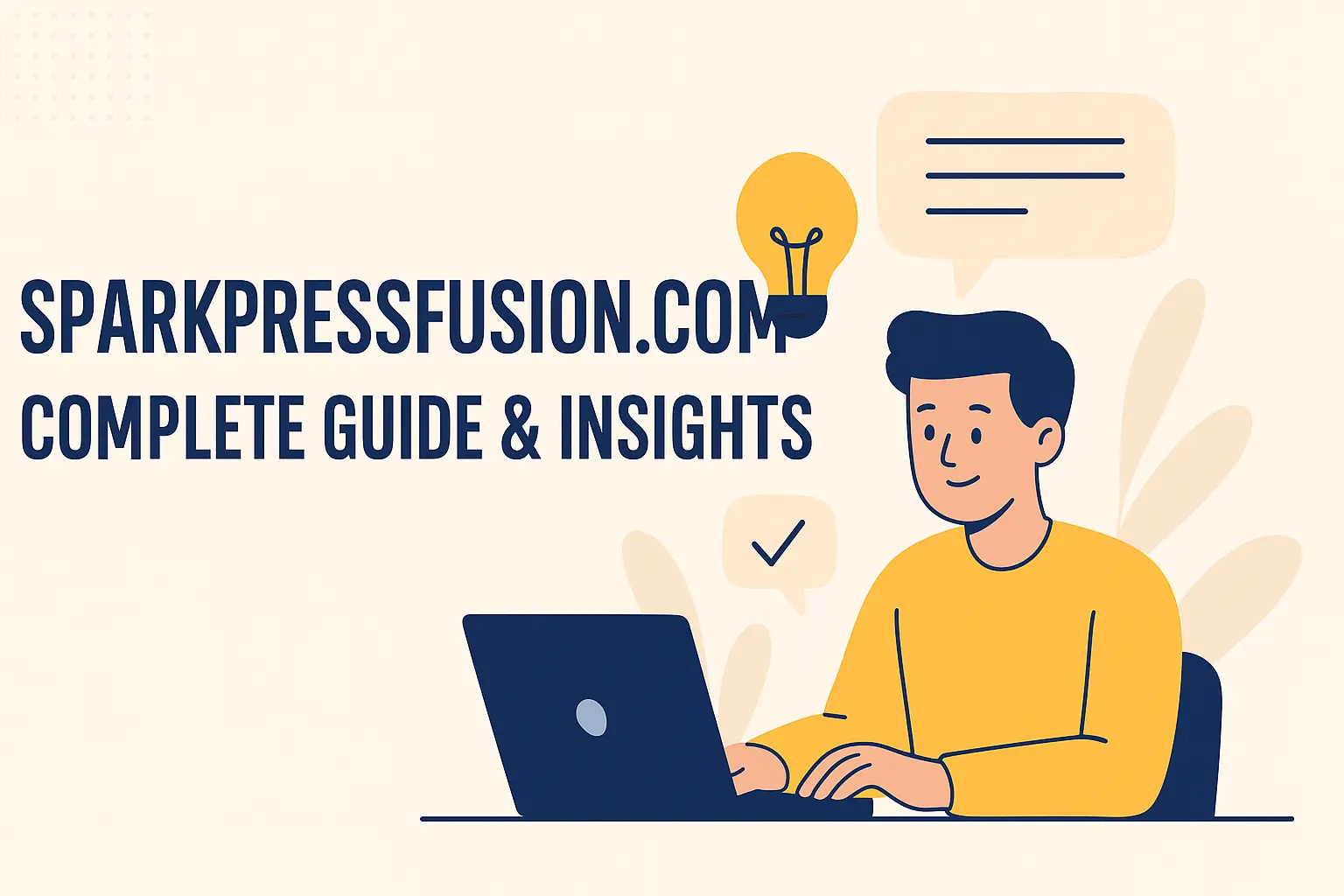Edivawer is a concept that has quickly gained attention in the world of digital learning and technology. It represents a modern approach that blends immersive experiences, smart personalization, and collaborative tools to create a dynamic learning environment. In this long-form article, we’ll explore what edivawer means, why it matters, and how it’s shaping education, business, and creative industries today.
What is edivawer?
edivawer is commonly used to describe innovative digital systems that combine immersive tools such as virtual reality (VR), augmented reality (AR), and artificial intelligence (AI). These systems are designed to create flexible and interactive experiences for learners, professionals, and creators. Unlike traditional platforms, edivawer emphasizes adaptability and engagement, helping users interact with information rather than simply consuming it passively.
The goal is simple: to provide a more personalized and effective learning journey that caters to individual needs. Whether used in classrooms, training programs, or creative studios, edivawer introduces a new layer of interactivity that makes digital learning more meaningful.
Core Features of edivawer
Several features are commonly associated with edivawer:
- Immersive environments: Users can step into virtual spaces and explore scenarios that mimic real-life situations.
- AI-driven personalization: Content adapts to each learner’s pace and style, ensuring efficient knowledge building.
- Collaboration tools: Teams can work together in real time, editing and sharing content seamlessly.
- Performance analytics: Instructors and managers gain insights into progress, allowing them to improve content.
- Cross-platform accessibility: edivawer tools are often designed to work across devices, from VR headsets to mobile phones.
These features make edivawer versatile and capable of serving different industries effectively.
Practical Uses of edivawer
edivawer is not limited to one sector. Its applications are broad and constantly expanding:
- Education: Students can explore virtual science labs, historical reconstructions, or language immersion activities.
- Corporate training: Employees can practice simulations such as customer service scenarios or medical emergencies.
- Content creation: Creative teams can edit, preview, and collaborate on digital projects in immersive environments.
- Events and outreach: Businesses can host interactive exhibitions, product demos, or virtual open houses.
By offering experiences that are interactive and repeatable, edivawer has the potential to improve learning retention and reduce costs.
Benefits of edivawer
Organizations are drawn to edivawer because of its measurable benefits:
- Higher retention: Immersive learning is proven to help participants remember content longer.
- Efficiency: Adaptive learning reduces wasted time and focuses on individual needs.
- Collaboration: Remote teams can work as if they are in the same room, saving time and resources.
- Data insights: Analytics provide valuable feedback for improving content and training methods.
These benefits show why edivawer is gaining momentum across education, healthcare, and corporate sectors.
How to Evaluate edivawer Tools
When considering edivawer solutions, organizations should ask:
- Does it improve learning outcomes?
- Is it accessible for all users?
- Can it integrate with existing systems?
- Are privacy and security taken seriously?
- Is it affordable and scalable?
Starting with a pilot project is often the best way to test whether edivawer fits your specific goals.
Implementation Tips for edivawer
To successfully implement edivawer:
- Begin small, focusing on one project or course.
- Train instructors and facilitators on using the tools effectively.
- Combine immersive tasks with assessments to reinforce knowledge.
- Monitor performance and refine content based on analytics.
- Keep content modular for flexibility and reuse.
This approach ensures that edivawer adoption is smooth and sustainable.
Risks and Challenges of edivawer
Like any technology, edivawer comes with risks:
- Over-reliance on flashy features without real educational value.
- Lack of accessibility for users with disabilities.
- Privacy concerns if data protection isn’t prioritized.
- High costs if not scaled properly.
- Resistance from educators or employees unfamiliar with immersive tools.
By planning carefully and addressing these challenges, organizations can avoid common pitfalls.
The Future of edivawer
edivawer is still an evolving concept. Today, it is often described in different ways — sometimes as a platform, other times as a philosophy of digital learning. What’s clear is that its ideas are shaping the way people think about immersive, adaptable, and collaborative experiences. As technology advances, expect edivawer to become more concrete, with stronger case studies and broader adoption across industries.
Conclusion
edivawer is more than a buzzword. It reflects a movement toward immersive, interactive, and adaptive digital learning experiences. Whether in classrooms, workplaces, or creative fields, its promise lies in better engagement, higher retention, and scalable solutions for modern needs. The key to success is thoughtful implementation, starting small, and measuring impact before expanding.
FAQs
What is edivawer?
edivawer refers to immersive digital tools and systems that combine VR, AR, AI, and collaboration features for learning and creative work.
Is edivawer a product or a concept?
Currently, edivawer is more of a concept that describes modern approaches to digital learning, though some platforms are adopting the term.
Who benefits most from edivawer?
Students, educators, corporate trainers, and creative professionals who need interactive and collaborative environments benefit the most.
How can an organization start using edivawer?
Organizations should begin with a pilot program, test outcomes, and scale based on measurable results.
What are the main challenges of edivawer?
Accessibility, cost, privacy, and adoption resistance are the main challenges to address.


